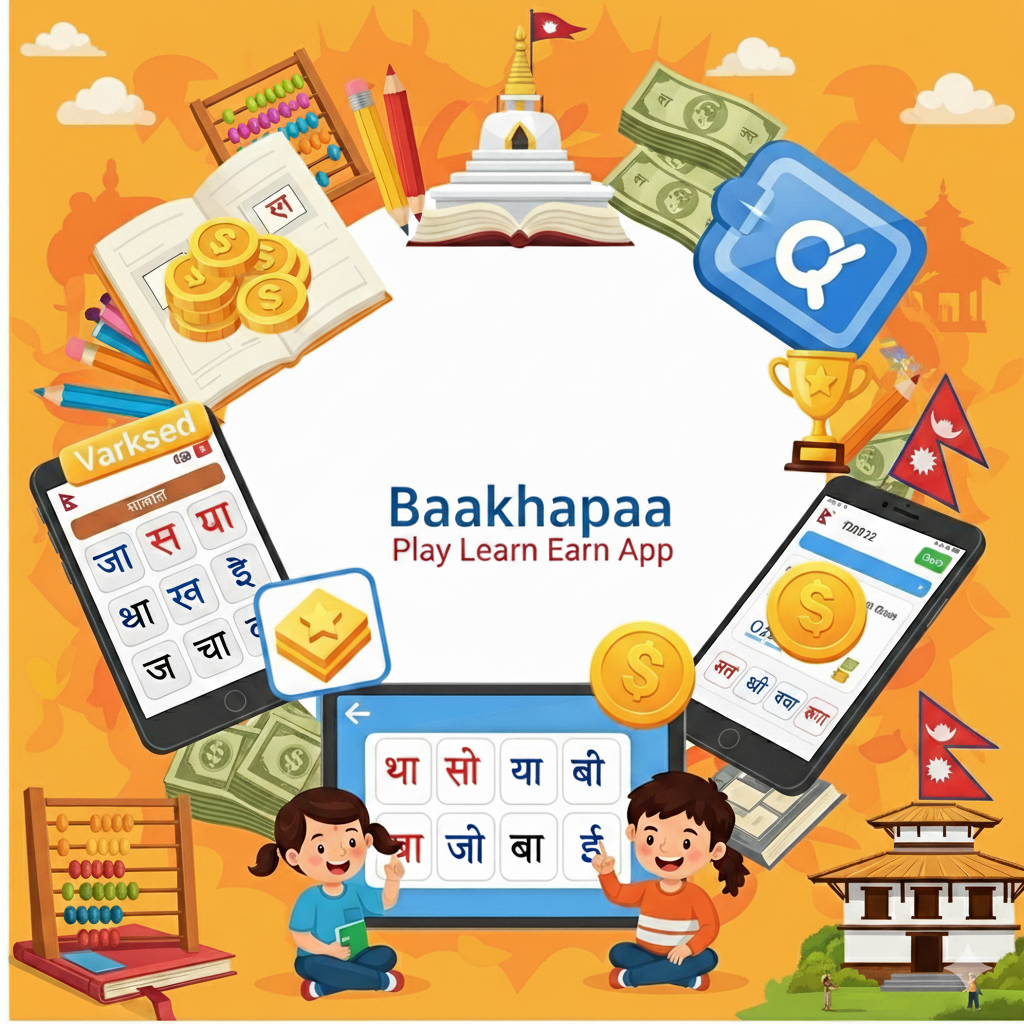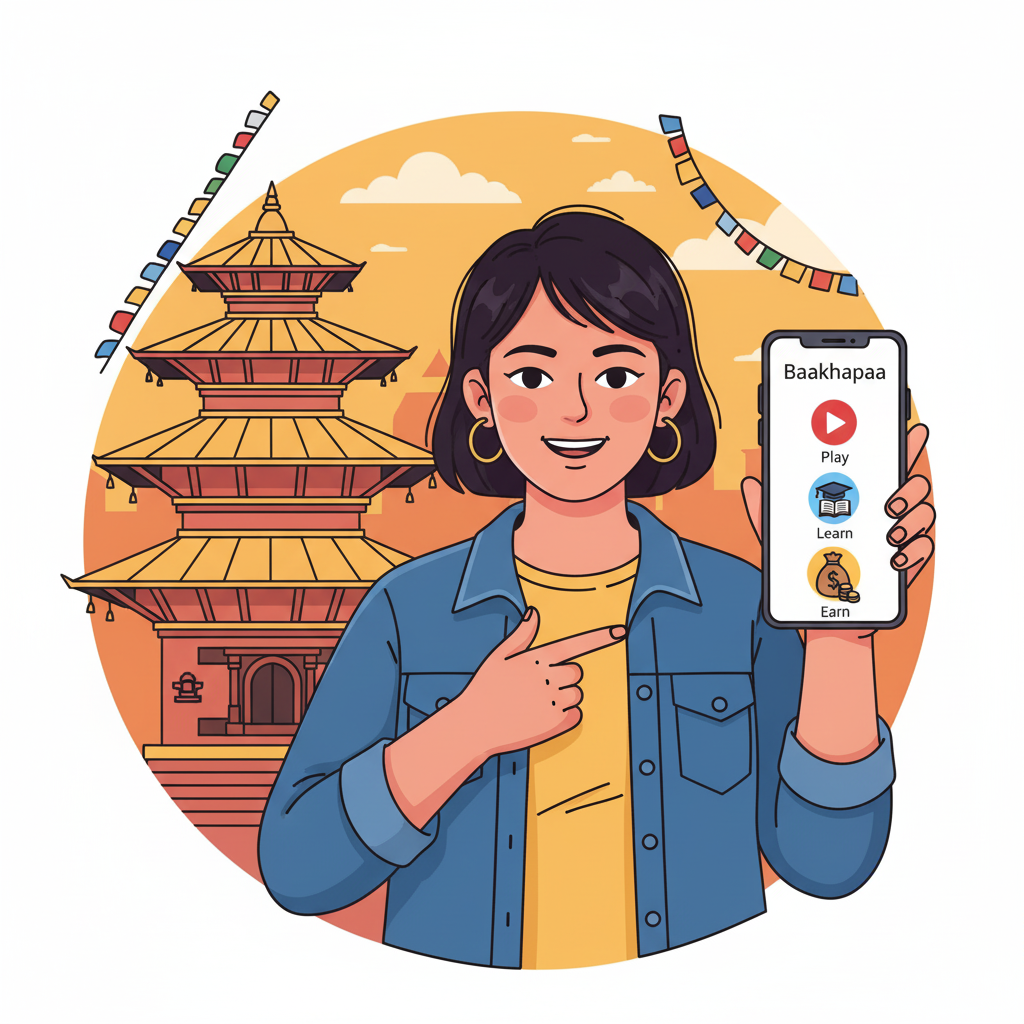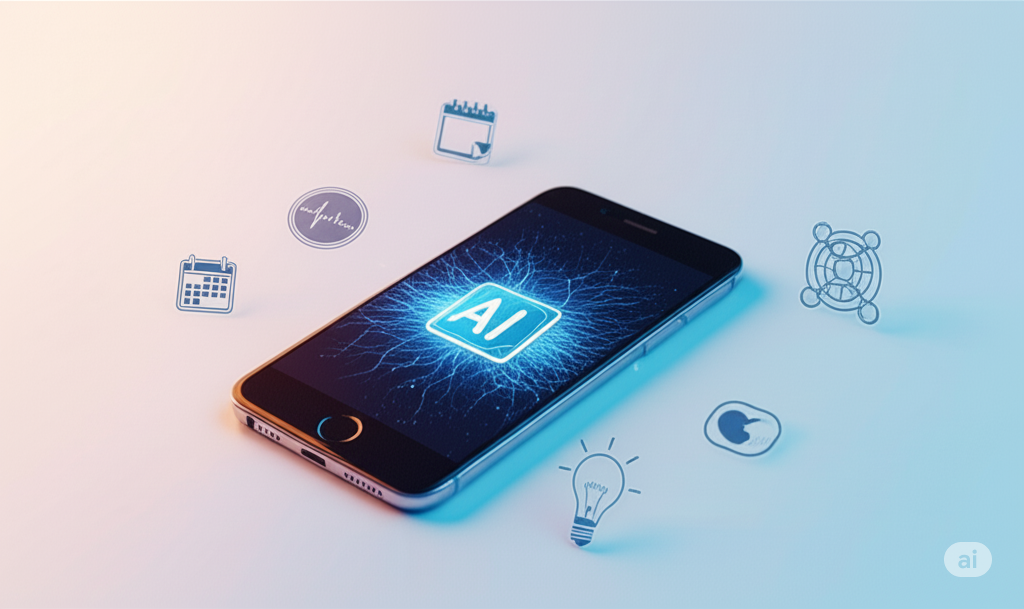The Evolution of Storytelling: How Digital Platforms & AI are Reshaping Narratives
Storytelling is as old as humanity itself. From ancient oral traditions and cave paintings to printed books and blockbuster films, the way we share narratives has constantly evolved. Now, in 2025, we stand at another pivotal juncture. The rise of sophisticated digital storytelling tools, immersive interactive media, and the burgeoning role of AI in content creation are not just changing how stories are told, but what stories can be. This is the exciting future of narratives.
For storytellers, creators, and even consumers, understanding these shifts is crucial. The impact of technology on art and narrative is profound, opening up unprecedented opportunities to engage audiences and explore new creative frontiers, even in places like Nepal with rich storytelling traditions.
The Digital Canvas: Beyond Traditional Forms
The first wave of digital transformation democratized storytelling. Social media, blogs, podcasts, and video platforms like YouTube and TikTok empowered anyone with an idea to become a creator. In 2025, this trend has matured:
- Short-Form Dominance & Depth: While bite-sized content remains popular, there's a growing appreciation for short-form narratives that pack emotional depth and clever storytelling.
- Niche Communities: Digital platforms allow storytellers to connect with highly specific global audiences who share their interests, no matter how niche.
- Multimedia Integration: Stories are rarely just text or just video anymore. Successful digital narratives seamlessly blend various media to create richer experiences.
Interactive Narratives: The Audience as Co-Author
One of the most significant new media trends is the rise of interactive storytelling. No longer passive consumers, audiences in 2025 increasingly expect to participate in and influence the narrative.
- What it looks like: This includes choose-your-own-adventure style stories on various platforms, branching narratives in games and educational apps, and interactive films where viewer decisions alter the plot. Interactive storytelling examples are becoming more mainstream on major streaming services.
- Empowering Creators: Storytelling platforms 2025, particularly those like the conceptual Baakhapaa creator platform, are designed to facilitate such engagement. Imagine creators in Nepal building interactive folk tales where users make choices for the protagonist, or educational content that adapts based on learner responses. Such interactive media Nepal can make cultural heritage more engaging for younger generations and global audiences.
The AI Co-Author: Leveraging AI for Stories
Perhaps the most talked-about evolution is the role of AI in content creation. By 2025, AI is not just a futuristic concept but a tangible tool for many storytellers:
- Creative Assistance: AI can help brainstorm ideas, develop character backstories, generate plot outlines, and even draft initial scenes or dialogue.
- Visual Storytelling: AI-powered image and video generation tools (like Midjourney, DALL-E, Runway ML) can create concept art, storyboards, animations, or even entire visual sequences based on text prompts.
- Personalization at Scale: AI can tailor narrative elements to individual user preferences, creating hyper-personalized story experiences.
- Efficiency Boost: AI automates repetitive tasks like proofreading, generating summaries, or even creating multiple versions of content for different platforms, freeing up human creators to focus on higher-level creative strategy and originality.
For storytellers, leveraging AI for stories means having a powerful assistant that can augment their creativity, overcome writer's block, and explore possibilities that were previously too time-consuming or resource-intensive. However, ethical considerations around authenticity, bias in AI models, and the importance of human oversight remain critical discussion points.
New Media Trends Shaping Storytelling Platforms 2025
- Transmedia Storytelling: Narratives are increasingly told across multiple platforms, with each platform contributing a unique piece to a larger story world.
- Immersive Experiences: While full-blown VR is still finding its mainstream footing, AR (Augmented Reality) is being integrated more seamlessly into mobile apps and digital experiences, adding interactive layers to real-world environments.
- Data-Driven Insights: Storytellers and platforms use analytics to understand audience engagement, preferences, and behavior, allowing for more effective and resonant narrative crafting.
- Decentralized Platforms (Web3): Some creators are exploring Web3 platforms for more direct ownership and monetization of their stories through NFTs or cryptocurrency, though this is still an emerging area.
The Impact of Technology on Art and the Nepali Voice
The impact of technology on art is undeniable. It has lowered barriers to entry, provided global reach, and fostered entirely new forms of creative expression. For Nepali storytellers, these advancements offer exciting opportunities:
- Sharing Unique Narratives: Digital tools and AI in content creation can help Nepali creators share their rich cultural heritage, folklore, contemporary social commentaries, and unique perspectives with a global audience in innovative and engaging ways.
- Empowering Local Creators: Platforms like the Baakhapaa creator platform, by embracing these new media trends and potentially integrating interactive and AI-assisted tools, can empower local talent, providing them with the means to produce high-quality digital storytelling and reach audiences they previously couldn't.
The Story Continues...
The evolution of storytelling in 2025 is a dynamic and ongoing process. Digital platforms and AI are powerful enablers, reshaping how we create, consume, and interact with narratives. While the tools are changing at an unprecedented pace, the core human need for compelling stories – stories that connect, inform, entertain, and inspire – remains constant. The future belongs to those storytellers who can creatively harness these new possibilities while staying true to the timeless art of narrative.
Please login to leave a comment.
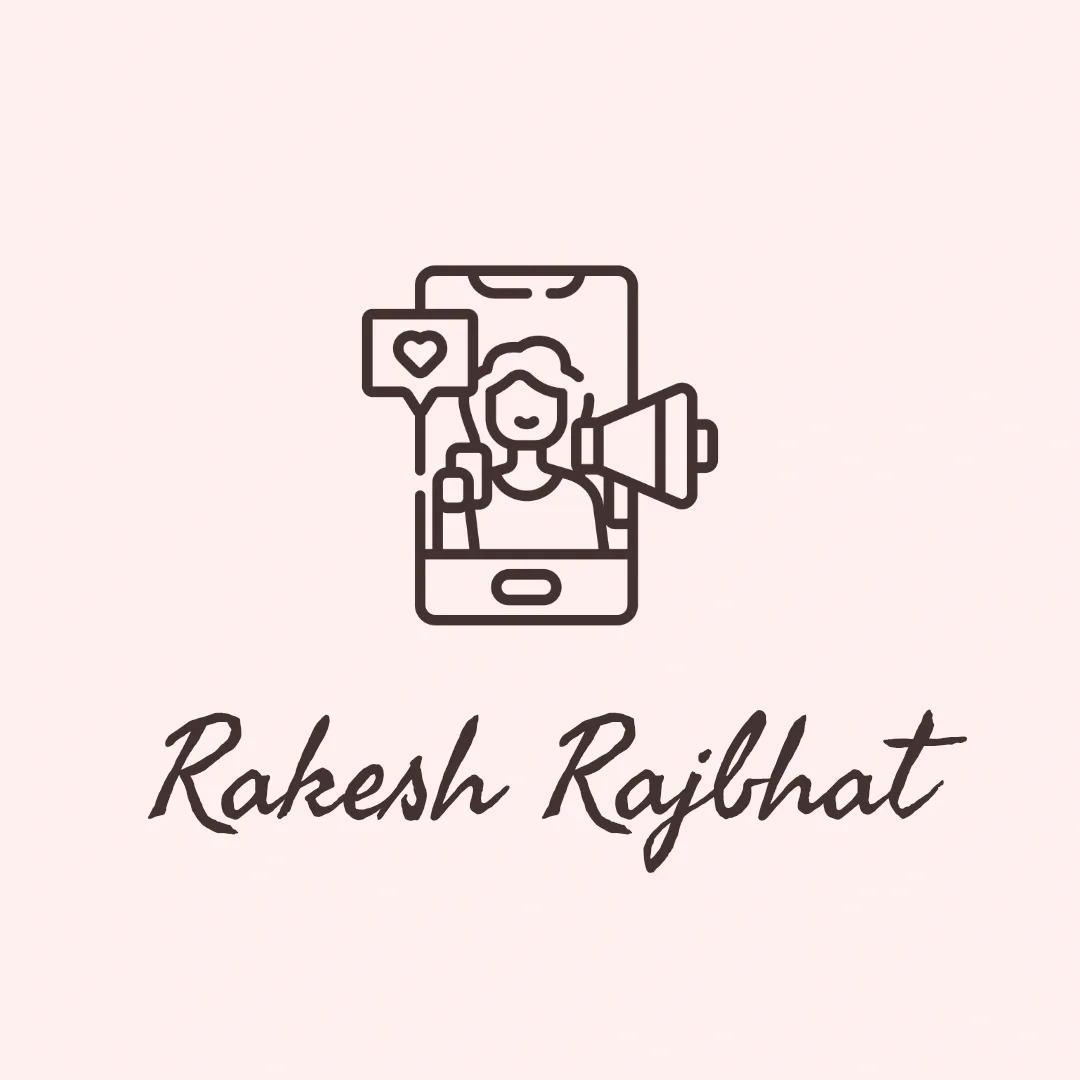
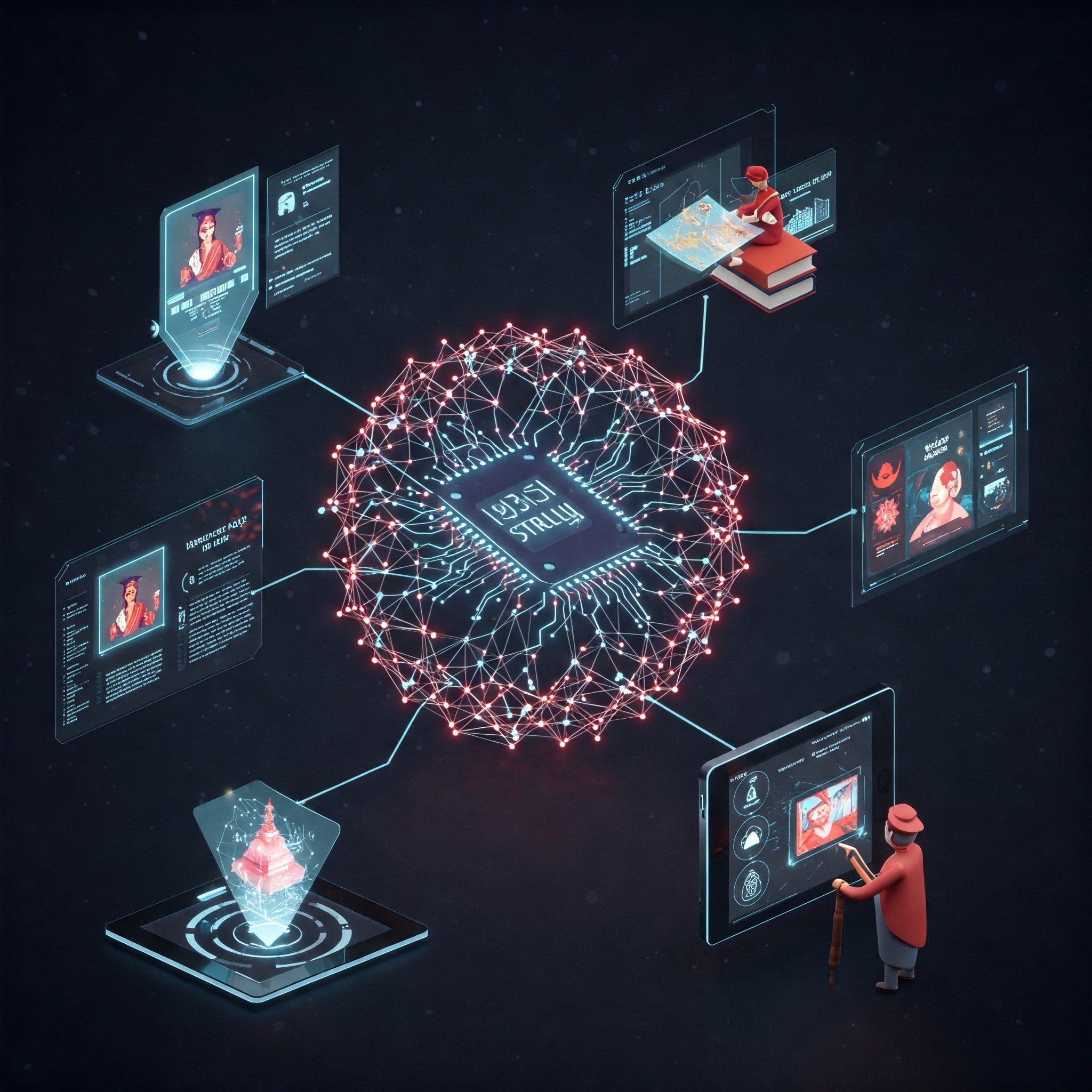
 Rakesh Rajbhat
Rakesh Rajbhat
